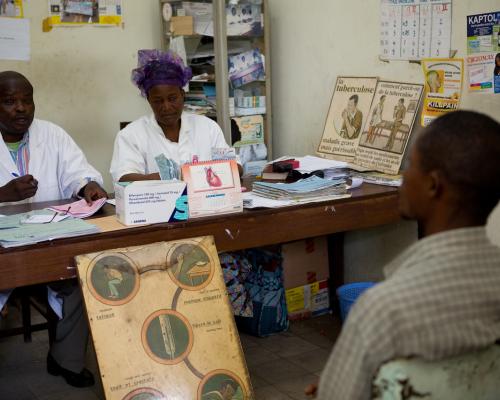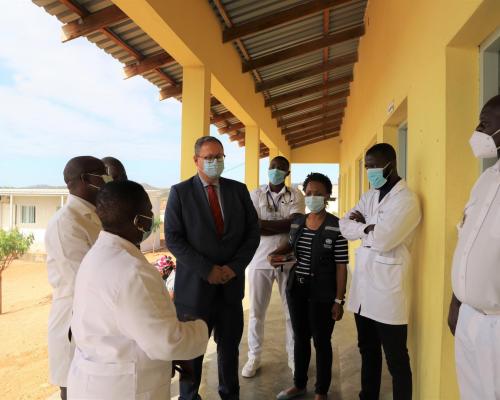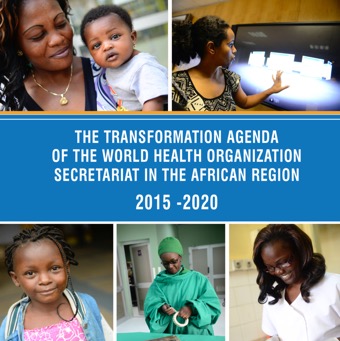The Global Task Force for Cholera Control (GTFCC) aims to eradicate cholera by 2030, a goal requiring deliberate and inclusive efforts. For Malawi, this means prioritizing remote and underserved communities.
Despite successfully overcoming the longest and deadliest cholera outbreak in Malawi history in August 2024, the northern districts of Karonga and Chitipa recorded 62 cases and two deaths between September and November 2024.
These cases occurred in some of the hardest-to-reach areas, including Kameme, Kapenda, Ifumbo, and Kaseghe health zones. Located over 200 kilometers from Chitipa on impassable roads, these communities face significant barriers to healthcare access, compounded by erratic mobile networks that overlap with Tanzania and Zambia.
Chitipa’s District Medical Officer, Dr. Victor Matumbo, attributed the outbreak to the widespread use of unsafe water. Salty borehole water in both Chitipa and neighboring areas forces communities to rely on water from the Songwe River for domestic use. In response, the District Health Office launched awareness campaigns on water sanitation and hygiene (WASH), distributed chlorine, and established cholera treatment centers to minimize travel distances for patients.
However, an assessment by Malawi’s Presidential Taskforce on Emergency highlighted the limited capacity of district resources to fully contain the outbreak.
A multidisciplinary team—including District Health Management Teams (DHMTs), District Rapid Response Teams (DRRTs), and Health Surveillance Assistants (HSAs)—worked closely with health officials from Tanzania and Zambia to establish cross-border coordination mechanisms.
Representatives from the neighboring districts gave a situation of cholera in their respective districts. Chitipa had registered eight suspected and confirmed cases. There were six suspected cases from Tanzania while Zambia had one confirmed and one suspected case. All cases were reported to have been managed in Malawian health facilities.
The patients lacked detailed address to assist in tracking cases. Therefore, an agreement was that fi
Surveillance gaps, such as incomplete address information on case-based forms, were addressed to improve case follow-up. HSAs were trained to strengthen Case Area Targeted Interventions (CATIs) and establish Community Cholera Outbreak Response Teams (CORTs). These teams addressed gaps in surveillance, case management, WASH, and risk communication.
In tandem with Global Taskforce for Cholera Control (GTFCC) and Malawi’s interim Mpox case management, infection prevention and control (IPC) guidelines were disseminated to enhance preparedness for potential outbreaks.
To ensure continued progress, stakeholders developed an action plan. This included prompt sharing of cross-border case information, mapping of cross-border villages, creation of a cross-border WhatsApp forum for real-time communication, and monthly review meetings to assess progress.
Thanks to the collaboration between local partners and the French government, these interventions reached some of the most underserved communities. Ensuring no one is left behind.
bunyao [at] who.int (bunyao[at]who[dot]int)
+265 999 930 280


